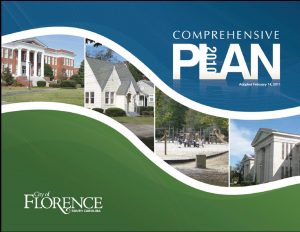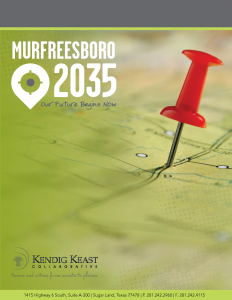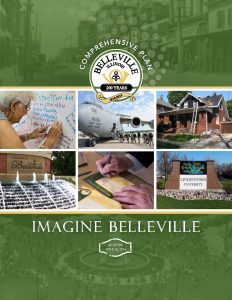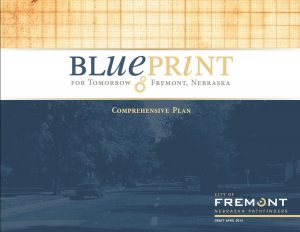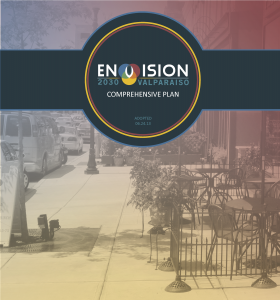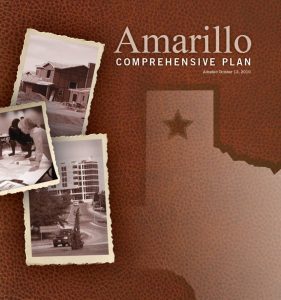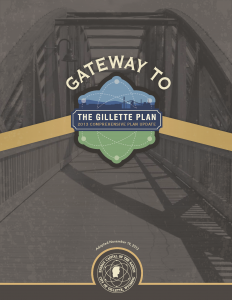We draft plans that are flexible enough to respond to uncertainty, but specific enough to provide direction for consistent and well-informed decision-making. In our view, plans should be context-sensitive, fiscally responsible, politically feasible, and responsive to the requirements of applicable state laws.
This is why our approach includes helping our clients to make the hard decisions that calibrate their visions with their means and provide a foundation for implementation. We provide deep analysis and real-time feedback regarding the likely costs and benefits of strategic choices that emerge during the planning process. This ensures that the resulting plan is informed, purposeful, and positioned for implementation.
Our principals and senior staff have led project teams and played substantial roles in the preparation of plans in more than a hundred jurisdictions across the U.S. We offer significant experience with overall comprehensive plans, as well as with typical plan elements, which are sometimes the focus of stand-alone projects and work products. Our planning practice includes:
Comprehensive Planning to establish clear goals and policies for the community’s future growth and enhancement, leading to specific, attainable action strategies, with appropriate implementation guidance.
Land Use Planning to accommodate projected population growth and economic development objectives and to address central city redevelopment needs, neighborhood integrity, and image and character concerns along key corridors.
Environmental Planning to protect a range of resources (floodplains, wetlands, water bodies, forests and woodlands, prairies, steep slopes, unstable slopes or soils, threatened or endangered species habitats, and wellheads, etc.) and reduce hazards to people and property, often by setting the stage for land use regulations or other implementation initiatives.
Strategic Planning to assess current conditions and future trends, pinpoint specific opportunities and challenges, and establish a consensus for pursuing particular public investments and community enhancement efforts through a prioritized action agenda.
Parks, Recreation, and Trails Planning to evaluate local acreage and facilities, assess needs and prioritize improvements based on both technical standards and community input, and make jurisdictions eligible for various grant opportunities.
Historic Preservation Planning to identify historic assets, celebrate the unique history of a place through the combination of written histories and uncovering untold stories and experiences, and develop historic preservation programs.

